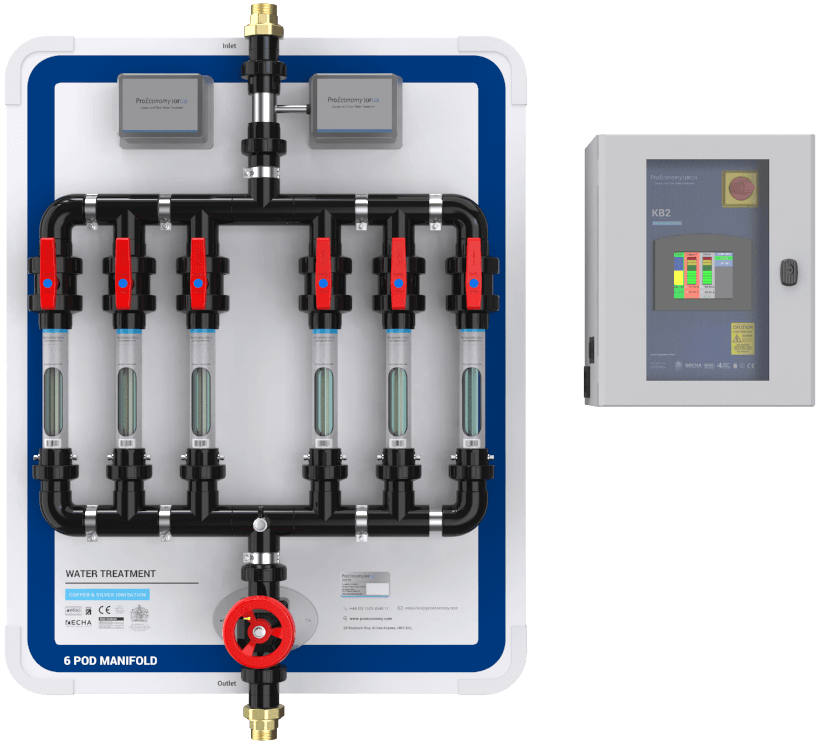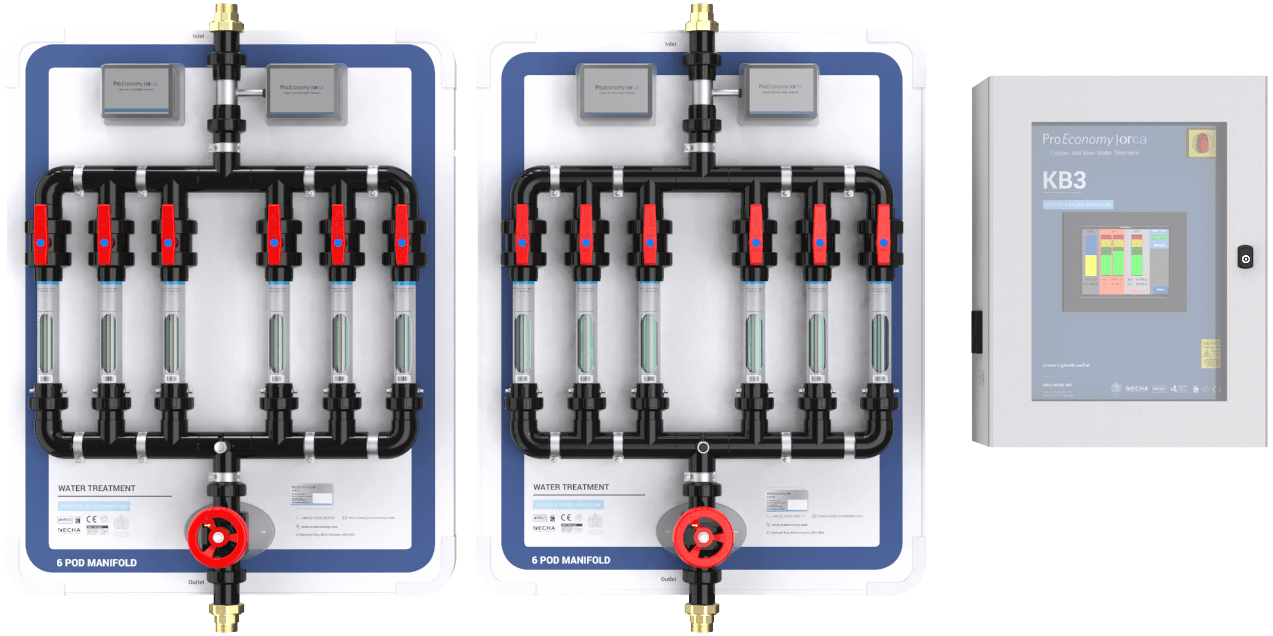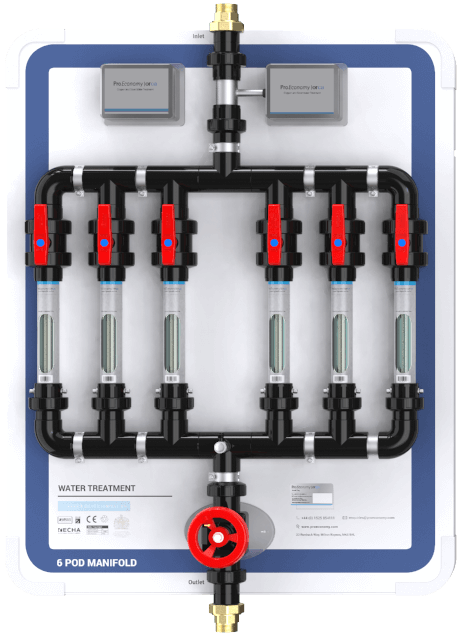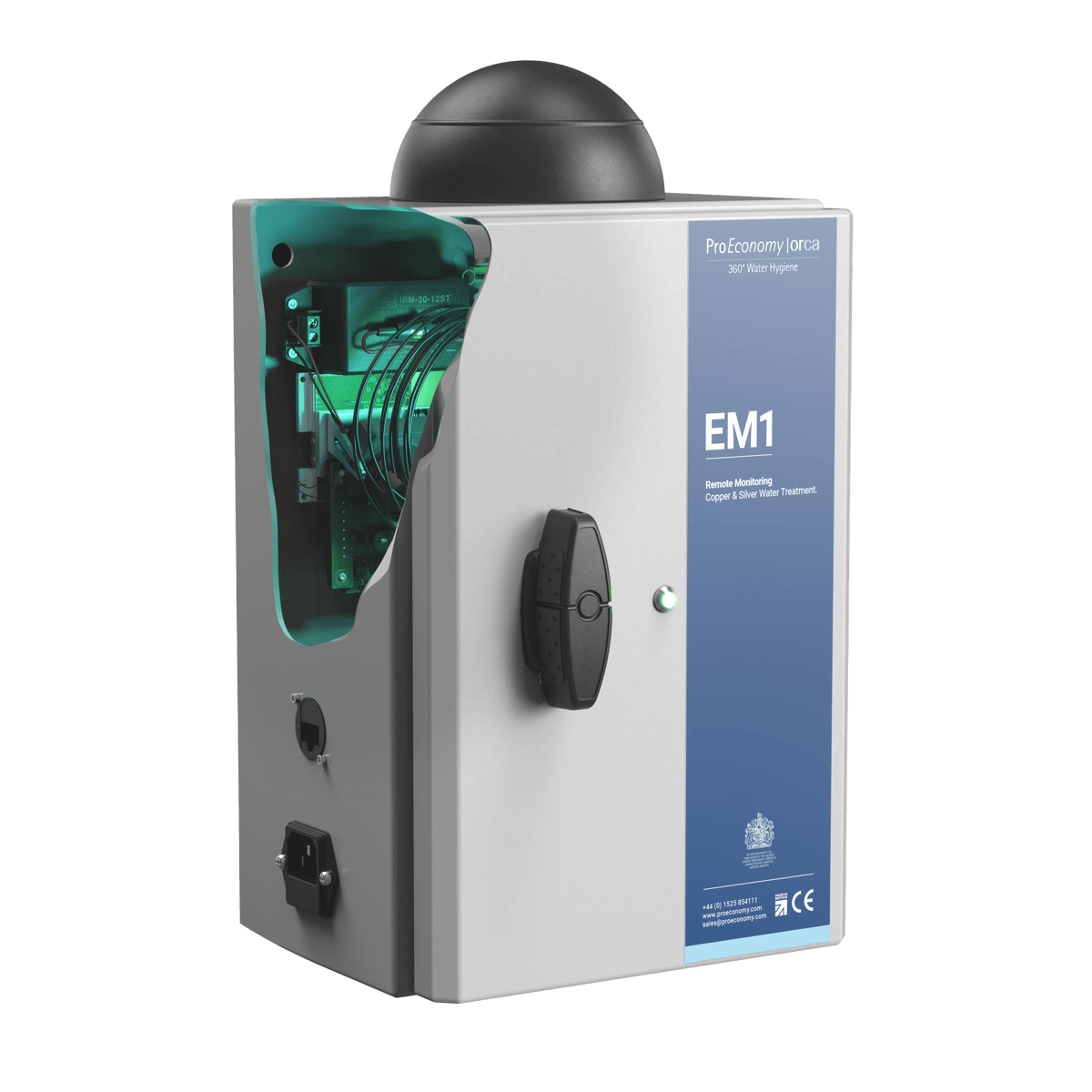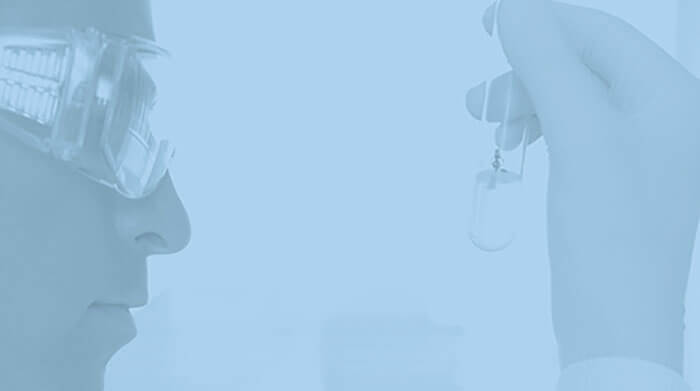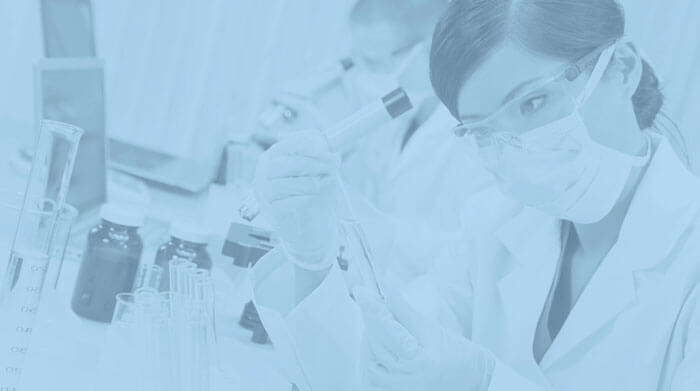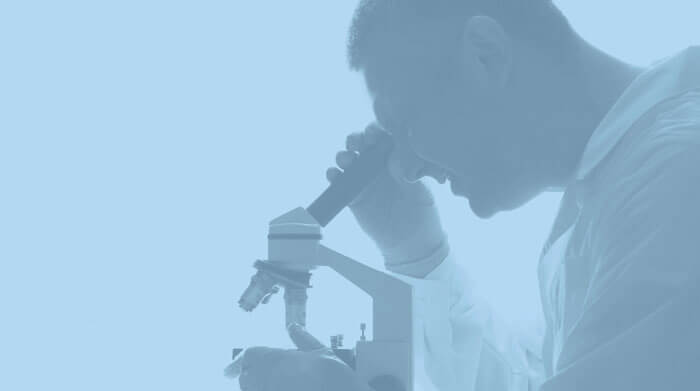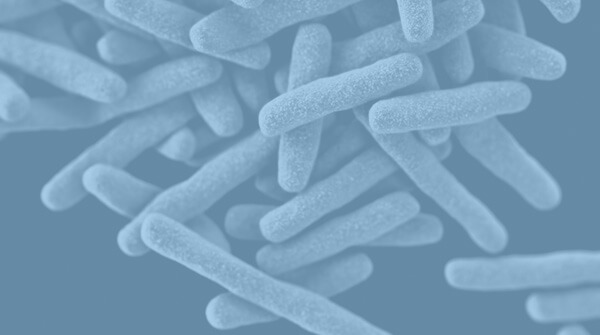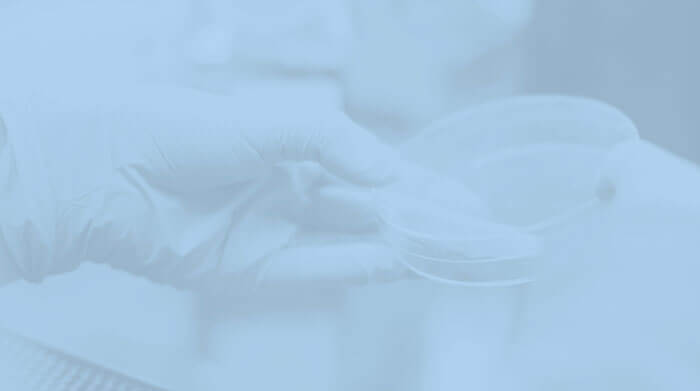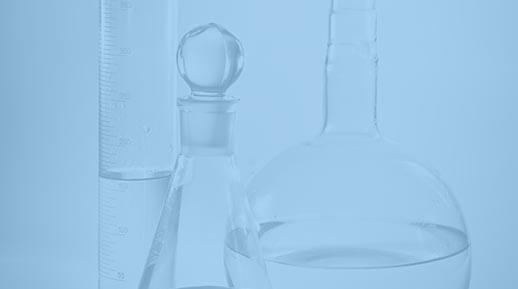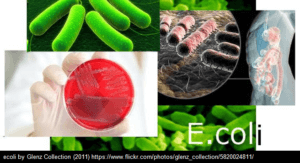E. coli Infections
According to the Department of Health, E. coli infections represent 65% of gram-negative infections. They reportedly killed more than 5,500 NHS patients in 2015 and are set to cost the NHS £2.3 billion by 2018. There is also large variation in hospital infection rates. The worst performers having more than 5 times the number of cases than the best performing hospitals.
The UK Government hospital infections prevention plan includes more money for hospitals that reduce infection rates. They also plan to publish E. coli rates by local area.
Health Secretary Jeremy Hunt has recently announced at an infection control summit that the UK government plans to halve the number of gram-negative bloodstream infections by 2020.
The UK National Health Service (NHS) has already successfully reduced the number of MRSA cases by 57% and Clostridium difficile, which is the leading cause of hospital-acquired diarrhoea, by 45% in six years. Now, the government is turning its attention to E. coli infections.
What is the UK government doing to control E. coli infections?
The government’s plan to prevent e. coli infections includes:
- More money for hospitals making the most progress in reducing infection rates with a new £45 million quality premium.
- Independent Care Quality Commission (CQC) inspections. These will focus on infection prevention based on E. coli rates in hospitals and in the community. They will then take action against poor performers.
- The NHS publishing staff hand hygiene indicators for the first time.
- Displaying E. coli rates on wards, making them visible to patients and visitors in the same way that MRSA and C. difficule are currently
- Improving training and information sharing so NHS staff can learn from the best in cutting infection rates.
- Appointing a new national infection lead, Dr Ruth May.
Dr Ruth May, new national infection and prevention lead, said “This is a clear plan to achieve real change across the NHS focusing on a combination of strict oversight from the CQC and the collection, publication and intelligent use of data which will ensure organisations improve infection control and help us to make sure poor performers get the support they need to improve quickly.”
E. coli is a major public health concern as it has low infectious doses and is transmitted through ubiquitous mediums, including food and water. The seriousness of pathogenic E. coli is such that dedicated surveillance programmes are in place in many developed countries to monitor and track outbreaks.
How does contamination with E. coli occur?
The harmful form of E. coli is the enteropathogenic E. coli (EPEC) which belongs to a group of bacteria collectively known as attaching and effacing (A/E) pathogens based on their ability to form distinctive lesions on the surfaces of intestinal epithelial cells (Croxen et al. 2013).
Although EPEC is transmitted from host to host via the faecal-oral route through contaminated surfaces, weaning fluids, and human carriers, outbreaks among adults can occur through ingestion of contaminated food and water. Pathogenic E. coli strains can be found in various animal reservoirs and can spread between these and other animals. Faecal matter can contaminate food, irrigation water, or recreational/drinking water.
Human Contamination
Humans can become exposed following the ingestion of contaminated food or water or through direct contact with colonized animals. Secondary transmission can occur between humans, commonly in day care centres or nursing homes. Food can become contaminated through poor cooking practice, where, for example, uncooked meat could come in contact with other food.
Additionally, symptomatic or asymptomatic food handlers can contaminate food, particularly when hand hygiene is inadequate. Contamination of recreational or drinking water can occur through exposure to human sewage.
Controlling E. coli in water systems
Copper and silver ionisation, has shown efficacy against E. coli. CSI has been commonly used to control Legionella pneumophila and Pseudomonasaeruginosa bacteria in water systems (Pathak and Gopal 2012, Feng et al. 2000).
Case Studies
In their evaluation of silver ions from silver electrodes for the disinfection of drinking water, Pathak and Gopal (2012) obtained 100% bactericidal activity with 20 ppb of silver ion concentration after 20 minutes. They also obtained 100% bactericidal activity of lower ion concentration (2, 5 and 10 ppb) but with increased contact time (60, 50 and 40 min, respectively).
Feng et al (2000) investigated the mechanism of inhibition of silver ions on microorganisms using Gram-negative E. coli and Gram-positive Staphylococcus aureus treated with silver nitrate and examined using electron microscope and X-ray microanalysis. They found similar morphological changes occurred in both E. coli and S. aureus cells after Ag+ treatment. The cytoplasm membrane detached from the cell wall and a defined electron-light region appeared in the centre of the cells. This contained condensed deoxyribonucleic acid (DNA) molecules. An interesting finding from their study is that there were many small electron-dense granules either surrounding the cell wall or depositing inside the cells.
The existence of elements of silver and sulphur in the electron-dense granules and cytoplasm detected by X-ray microanalysis suggested the antibacterial mechanism of silver. The DNA lost its replication ability and the protein became inactivated after Ag+ treatment. If the cell DNA cannot replicate, cells cannot multiply or carry out repair and will die.
Link to Dept of Health News Story: https://www.gov.uk/government/news/reducing-infections-in-the-nhs
This blog was first published as a LinkedIn article on 2 December 2016.
References
Croxen MA, Law, RJ, Scholz R, Keeney KM, Wlodarska M, Finlay BB (2013) Recent advances in understanding enteric pathogenic Escherichia coli. Clinical Microbiology Reviews 26(4):822–880.
Feng QL, Wu J, Chen GQ, Cui FZ, Kim TN, Kim JO (2000) A mechanistic study of the antibacterial effect of silver ions on Escherichia coli and Staphylococcus aureus. J Biomed Mater Res 52:662–668.
Pathak SP, Gopal K. (2012). Evaluation of bactericidal efficacy of silver ions on Escherichia coli for drinking water disinfection Environmental Science and Pollution Research 19(6):2285–2290.

